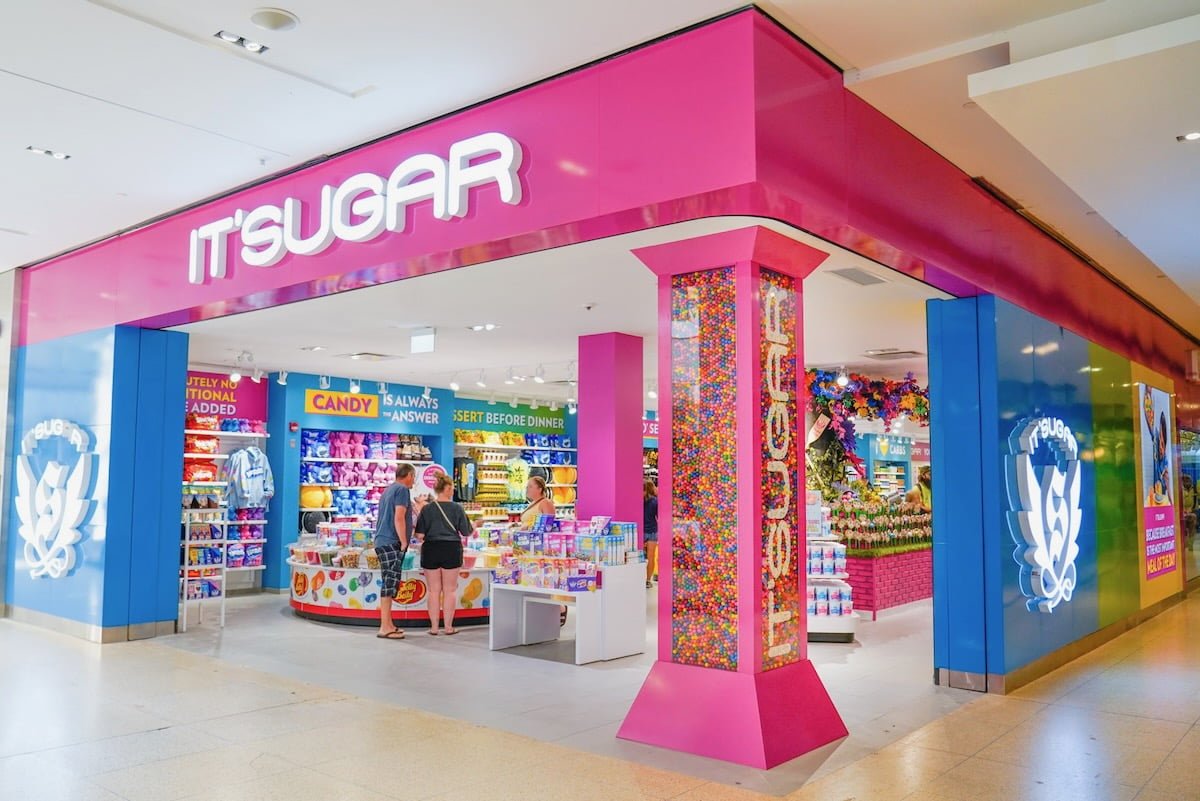I Luv Candi - Questions
Getting My I Luv Candi To Work
Table of ContentsGet This Report about I Luv CandiFacts About I Luv Candi UncoveredSome Known Factual Statements About I Luv Candi The 10-Minute Rule for I Luv CandiI Luv Candi Can Be Fun For Everyone
You can also estimate your very own revenue by applying different assumptions with our financial prepare for a candy shop. Average regular monthly profits: $2,000 This kind of sweet-shop is commonly a tiny, family-run organization, probably recognized to citizens yet not bring in great deals of visitors or passersby. The shop may use a choice of usual sweets and a couple of homemade treats.
The store doesn't generally bring unusual or expensive things, concentrating instead on economical treats in order to preserve regular sales. Thinking a typical spending of $5 per customer and around 400 customers per month, the month-to-month revenue for this sweet-shop would certainly be about. Typical monthly profits: $20,000 This sweet-shop benefits from its critical area in an active urban location, attracting a multitude of customers looking for wonderful indulgences as they go shopping.

Along with its varied sweet selection, this shop may also market associated items like gift baskets, sweet arrangements, and novelty things, supplying multiple earnings streams. The store's area needs a higher spending plan for rent and staffing yet causes higher sales quantity. With an estimated ordinary spending of $10 per consumer and about 2,000 consumers per month, this shop could produce.
I Luv Candi Fundamentals Explained
Located in a significant city and vacationer location, it's a large establishment, usually spread over several floorings and perhaps part of a national or worldwide chain. The shop uses an immense range of sweets, consisting of exclusive and limited-edition products, and goods like top quality apparel and devices. It's not simply a shop; it's a location.
These attractions help to attract countless site visitors, significantly enhancing prospective sales. The operational prices for this sort of store are substantial due to the location, dimension, staff, and includes offered. The high foot web traffic and average investing can lead to substantial revenue. Assuming an ordinary purchase of $20 per consumer and around 2,500 customers monthly, this front runner shop might achieve.
Classification Examples of Expenditures Typical Monthly Cost (Range in $) Tips to Reduce Expenditures Rent and Utilities Shop lease, electricity, water, gas $1,500 - $3,500 Consider a smaller sized location, work out rental fee, and utilize energy-efficient lighting and devices. Stock Candy, snacks, product packaging products $2,000 - $5,000 Optimize stock management to minimize waste and track popular items to stay clear of overstocking.
Things about I Luv Candi
Advertising And Marketing Printed matter, online advertisements, promos $500 - $1,500 Concentrate on cost-efficient digital advertising and make use of social networks systems for totally free promo. Insurance Service responsibility insurance $100 - $300 Look around for affordable insurance prices and take into consideration bundling policies. Equipment and Maintenance Sales register, display shelves, repair work $200 - $600 Buy secondhand tools when feasible and perform routine upkeep to expand tools life-span.

This implies that the candy shop has actually gotten to a factor where it covers all its repaired expenditures and begins generating earnings, we call it the breakeven point. Take into consideration an instance of a sweet store where the monthly fixed costs usually amount to roughly $10,000. A rough estimate for the breakeven factor of a sweet-shop, would then be about (since it's the total set price to cover), or offering between with a price series of $2 to $3.33 per unit.
All About I Luv Candi
A huge, well-located sweet-shop would undoubtedly have a higher breakeven factor than a little shop that doesn't require much profits to cover their expenses. Interested concerning the success of your candy store? Try our user-friendly economic strategy crafted for sweet-shop. Simply input your own assumptions, and it will assist you determine the quantity you need to gain in order to run a rewarding business - chocolate shop sunshine coast.
Another danger is competition from various other sweet shops or larger stores who may use a bigger selection of products at reduced prices (https://www.openstreetmap.org/user/iluvcandiau). Seasonal variations sought after, like a drop in sales after vacations, can also affect productivity. Furthermore, changing customer choices for healthier snacks or nutritional restrictions can minimize the appeal of standard sweets
Economic slumps that lower consumer investing can affect candy shop sales and productivity, making it important for candy stores to manage their costs and adapt to altering market conditions to remain successful. These risks are usually included in the SWOT analysis for a candy shop. Gross margins and internet margins are crucial signs made use of to determine the success of a candy shop company.
Some Known Factual Statements About I Luv Candi
Essentially, it's the profit continuing to be after deducting expenses directly pertaining to the candy supply, such as purchase prices from providers, production prices (if the candies helpful hints are homemade), and staff wages for those included in manufacturing or sales. https://s.id/24wTd. Web margin, on the other hand, consider all the expenses the sweet-shop sustains, including indirect prices like administrative expenses, advertising and marketing, rental fee, and tax obligations
Sweet shops usually have an average gross margin.For circumstances, if your sweet shop makes $15,000 per month, your gross profit would certainly be roughly 60% x $15,000 = $9,000. Consider a candy shop that offered 1,000 candy bars, with each bar valued at $2, making the complete profits $2,000.